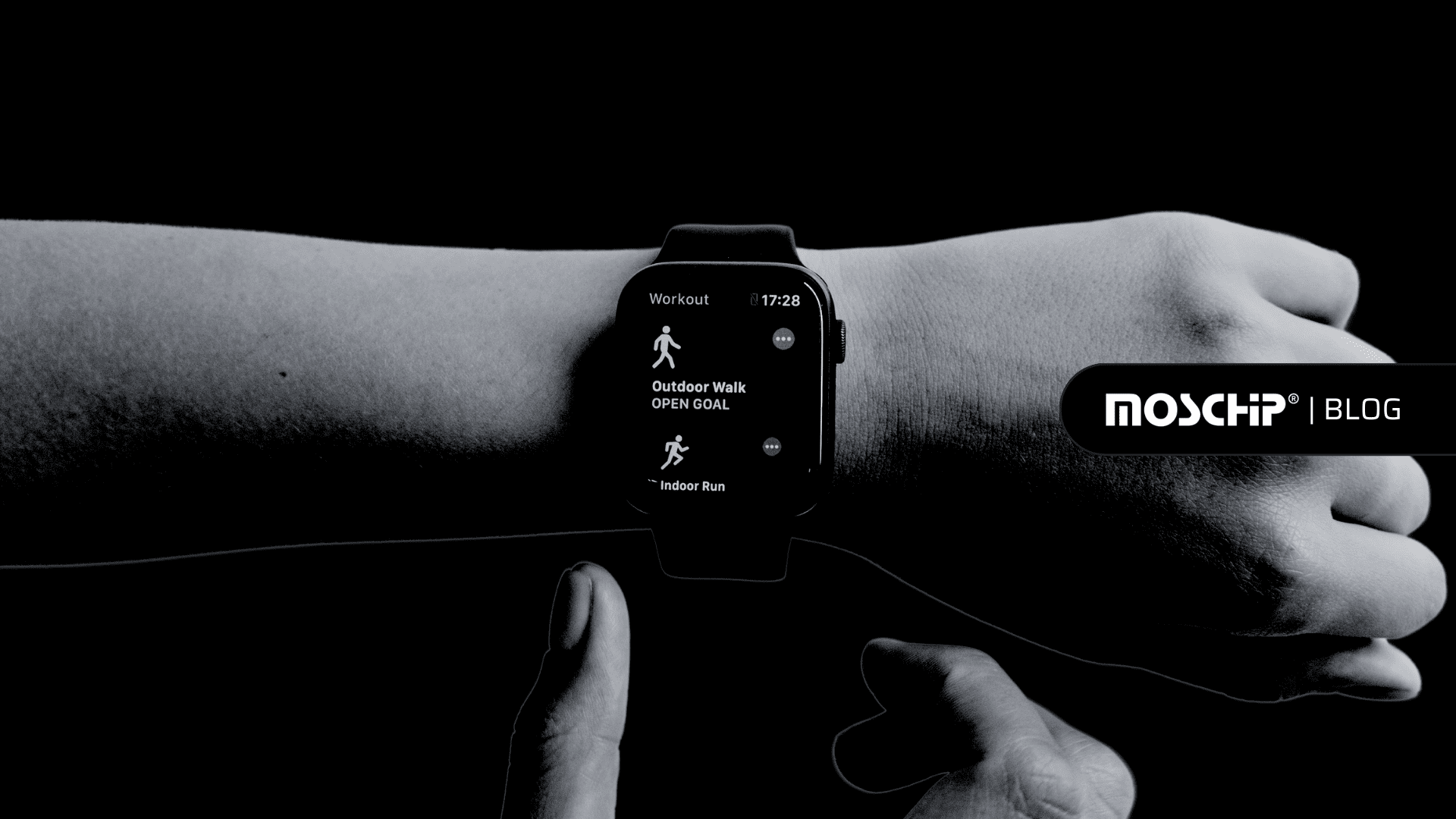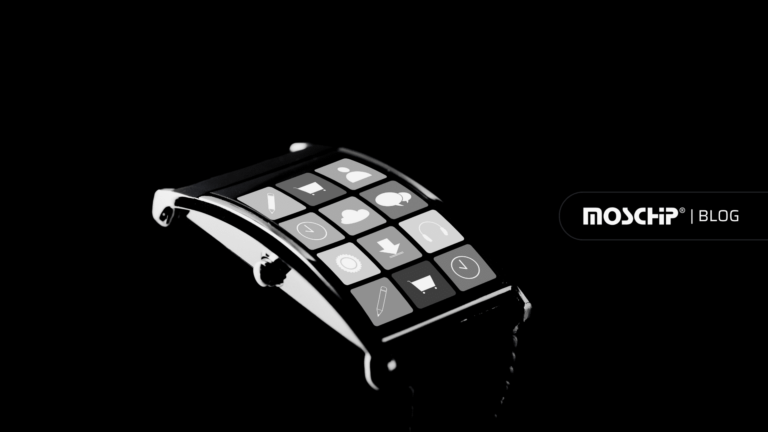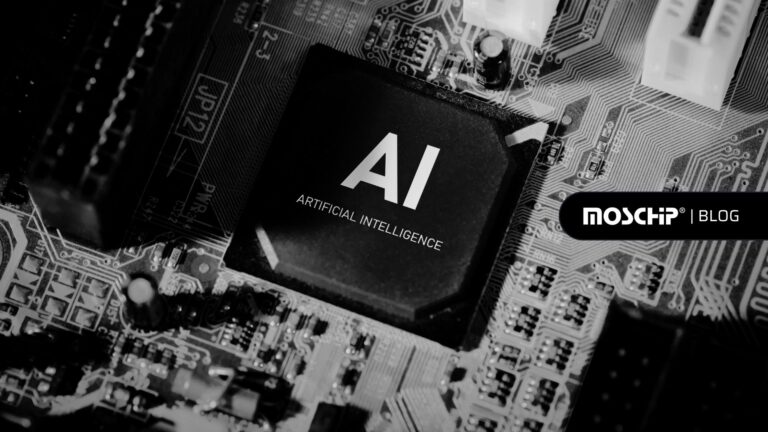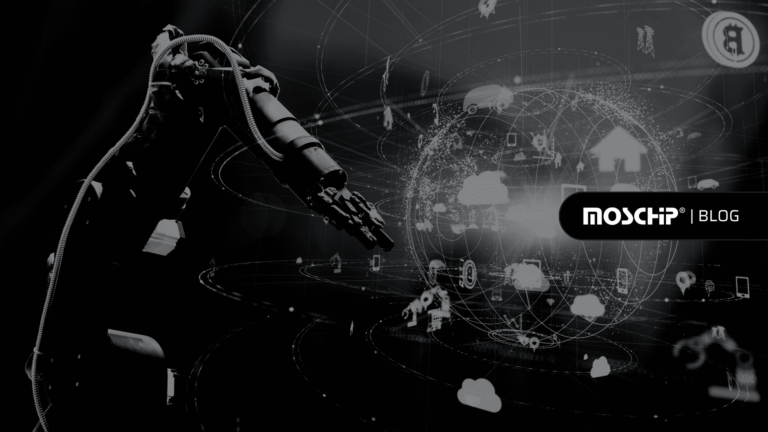4 advantages of Wearable IoT Technology
Wearable technology has grown from humble beginnings to be a key industry across the world.
Everyone seems to have some form of wearable tech, whether it is something simple such as Bluetooth headsets to the complex watches on the market packed full of GPS tracking devices and health monitors.
See MosChip’s work on Wearable Tech IoT for Smart Living
The wearable tech industry is expected to hit $54bn (₹4,074bn) by 2023, due in no small part to the ever-advancing capabilities of companies providing the hardware. Wearable tech uses flexible printed circuit boards more commonly known as rigid-flex PCBs. The advances in different types of PCBs has allowed manufacturers to accommodate more components without requiring more space, which is perfect for small, compact devices you can wear. The more features companies can fit into the tech, the more attractive they are to the wearer.
Combine this thirst for wearable tech with the Internet of Things (IoT) and you have unlimited possibilities in how we can communicate and interact with the world around us. The IoT is a system of interrelated computing devices, from your watch to your fridge, your games console to your home security system. As technology develops, the ability of these devices to communicate will become more advanced.
How does IoT and wearable tech come together? We’ve got four benefits of combining the two.
Fitness
The first wearable tech, which caught the world’s attention was arguably the FitBit. From humble sales of 208,000 in 2011 the FitBit alone shifted 22m devices in 2016. Much of the developed world went FitBit crazy, monitoring their steps and striving to be fitter. That hunger for fitness tracking is a driving force behind much wearable tech and along with IoT, it’s making the field of fitness more accessible for consumers.
Wearable tech is helping to improve fitness and can even extend to clothing now, with products such as smart trainers and running equipment helping you develop your posture and fitness regime. These items of tech will continue to work together to help keep you in good shape.
Health
Health is perhaps the main area in which wearable tech is delivering significant advantages to consumers. Much of the technology remains in products such as smartwatches, which increasingly come equipped with heart monitors, blood oxygen tools and other items which can help diagnose health issues.
Coupled with IoT, that means your tech can talk to other devices to give you early warnings if they spot a problem. Irregular heart rate is one trigger for wearable tech, but the scope is wide-ranging.
Safety
The average Indian student will check their phone150 times per day, which presents obvious issues, such as when driving or walking down the street. The reliance on the small screen can cause accidents and harm, but IoT and wearable tech can work together to negate the need to put yourself in harm’s way.
Smart glasses or watches can alert a user when they get a message, but we’re seeing developed technology making it possible to know who is contacting you, and why, without taking your phone out and checking a screen. It can even help in work environments ranging from delivery to construction, as it will provide companies important feedback on safety using sensors. Using this data, companies will be able to instantly upgrade their safety protocols.
Comfort
Whilst this technology is in its infancy wearable tech could move to improve your quality of life at home. For instance, a watch might monitor your body temperature and adjust your home heating accordingly. It also has the capability to adjust the lighting in a room, turn on entertainment systems, and even program appliances to make food or drinks. Even the backlighting on your LCD television might be adjustable automatically, perhaps even in tandem with smart glasses. Who knows?
The opportunities will soon be endless when it comes to wearable tech and the only restriction will be the imagination of the consumer.
Image: Pixabay
Author: Rachel Jasmine, Contriutor for MosChip.






